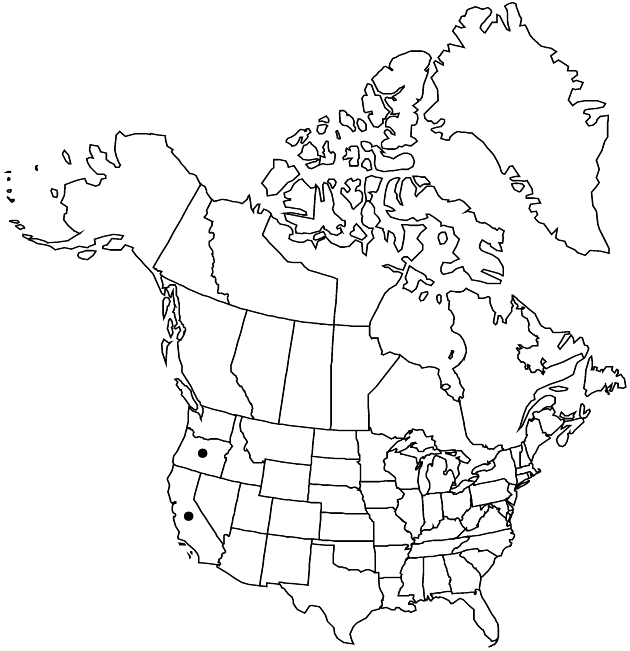Erigeron glaucus
Bot. Reg. 1: plate 10. 1815.
Perennials, 5–30 cm (usually forming dense colonies); rhizomatous, fibrous-rooted, sometimes with branching caudices. Stems procumbent to decumbent-ascending, hirsuto-villous or nearly glabrous, usually minutely glandular. Leaves basal (usually persistent) and cauline; basal blades broadly obovate to spatulate, 20–130 (–150) × 10–30 (–50) mm, cauline little reduced distally (fleshy, bases sometimes subclasping), margins entire or with 2–4 pairs of shallow teeth, faces glabrous or hirsute, eglandular. Heads 1–15. Involucres 7–13 × 15–35 mm. Phyllaries in 3–4 series, sparsely to densely villous (cross-walls not colored), minutely glandular. Ray-florets 80–165; corollas white to purple or blue, 8–15 mm, laminae coiling. Disc corollas 4.5–5.5 mm. Cypselae 1.8–2.4 mm, 2–4 (–6) -nerved, faces sparsely strigose; pappi: outer of setae, inner of 20–30 bristles. 2n = 18.
Phenology: Flowering (Mar–)May–Jul(–Dec).
Habitat: Coastal bluffs, dunes, and beaches
Elevation: 0–30 m
Discussion
Selected References
None.
